The views expressed in our content reflect individual perspectives and do not represent the authoritative views of the Baha'i Faith.
Among the great prophets was His Holiness Abraham who being an iconoclast and a herald of the oneness of God, was banished from His native land. He founded a family upon which the blessing of God descended; and it was owing to this religious basis and ordination that the Abrahamic house progressed and advanced. Through the divine benediction, noteworthy and luminous prophets issued from the lineage of His Holiness. There appeared Isaac, Ishmael, Jacob, Joseph, Moses, Aaron, David and Solomon. The Holy Land was conquered by the power of the Covenant of God with Abraham, and the glory of the Solomonic wisdom and sovereignty dawned. – Abdu’l-Baha, Baha’i World Faith, p. 271.
The Old Testament describes Abraham as being seventy- five years of age when he left Harran, a statement that produces a mental image of a white-haired patriarch leaning on a staff and hobbling out of town. In absolute solar years, however, Abraham was probably about forty—no longer young but certainly not a card-carrying senior. The seeming conflict between what is physically likely and what is written in scripture cannot be understood without delving into the meanings of ancient idioms. These figures of speech were perfectly clear to Moses, the messenger of God who, in approximately 1350 BC, summed up spiritual history in a form that could be digested and remembered by His followers.
The idioms were also clear to the Israelites who began making the first written records of what Moses had revealed in the eighth century BC, thereby creating the five books of the Old Testament, often referred to as the Torah: Genesis, Exodus, Leviticus, Numbers, and Deuteronomy.
As mentioned previously, researchers studying cuneiform tablets have discovered that many of the previous civilizations of the Middle East felt no obligation to submit an accurate count of solar years when describing important events, preferring to record blocks of time in ways that were deemed auspicious or satisfied a love of mathematical symmetry. This led to tablets that cited the reigns of various kings as having lasted a hundred years or more, even if the king died young.
These same civilizations also had little or no interest in establishing anyone’s true chronological age. Instead, they used a few specific numbers to indicate general stages of life, though it isn’t clear exactly how or why these were chosen. In the same way we casually refer to someone as a teenager or a young adult, they might describe him as being forty years old. When that person reached the stage of marrying and raising children, he or she would be depicted as being fifty or sixty. The age of ninety was reserved for those who were considered extremely long-lived: approximately sixty to seventy solar years. Even the age of one’s death was flexible. Someone who died at the ripe age of forty or fifty solar years—or even at eighty—would be touted as having died at exactly one hundred and twenty. An even more extreme number—the astounding sum of three thousand six hundred years—was used when one wanted to extend sincere wishes for a lengthy life; it took that long, it was said, to see strands of gray appear in the dark beard of a grandson.
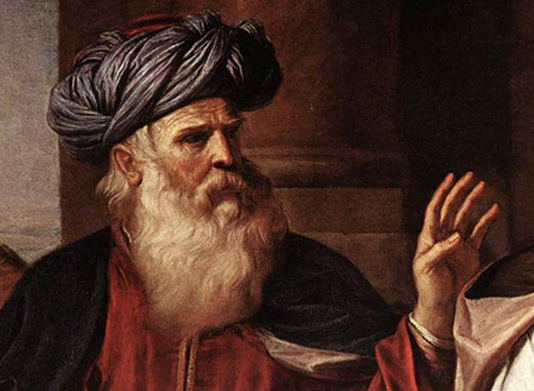 So there it is, an answer to the puzzle. When Abraham is mentioned in Genesis as being seventy-five years old, it’s not a deception, an exaggeration, or a mistake. It’s also not the number of candles on His birthday cake. The idiom is simply conveying the information that Abraham isn’t a child or teenager anymore. He’s somewhat past the age when a man might be expected to have a child or two, but He’s still solidly in the middle of adulthood.
So there it is, an answer to the puzzle. When Abraham is mentioned in Genesis as being seventy-five years old, it’s not a deception, an exaggeration, or a mistake. It’s also not the number of candles on His birthday cake. The idiom is simply conveying the information that Abraham isn’t a child or teenager anymore. He’s somewhat past the age when a man might be expected to have a child or two, but He’s still solidly in the middle of adulthood.
With all these patterns in mind, it’s easy to appreciate how deftly Moses used numerical idioms. By describing Adam, Noah, and many of His other predecessors as having lived for extraordinary periods of time, Moses was able to skip lightly across a wide expanse of time and compress centuries of spiritual history into a numinous narrative that indicated the general flow of genealogy, outlined the continuing chain of religious responsibility, and spoke prophetically of the future.
Between the death of Moses and the birth of Jesus, there were extraordinary changes in language, culture, and the ways in which people counted minutes, hours, days, and years. The numerical idioms of previous eras were gradually abandoned and forgotten, a loss that caused great confusion in succeeding centuries and, for many people, drove a bitter wedge between science and religion.
Modern scholars who have unearthed the evidence necessary to resolve this quandary deserve a round of applause. Four thousand years ago, the death rate of infants and children was very high, but it was possible for a healthy adult to live into his fifties and, beyond that, even into his eighties or nineties. So when Abraham set out for Canaan, most likely around the age of forty, his body was still in the prime of its life. Stretching out in front of him were several decades in which he could continue to spread the new Revelation from God. His period of ministry would be much longer, certainly, than that of the Bab, who had just six years to spread his new Revelation before being martyred at the age of thirty.
It would be longer, too, than that of Jesus, who also met an early death. And it would exceed the nineteen years Muhammad had between the public announcement of his mission in AD 613 and his death in AD 632. Abraham’s monotheistic teachings, no matter how you calculate the years they took to proclaim, would give birth to a new age in human history destined to last for thousands of years.




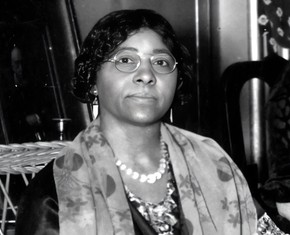

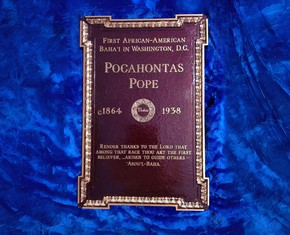
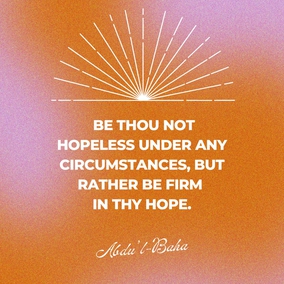
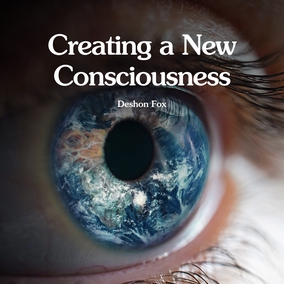




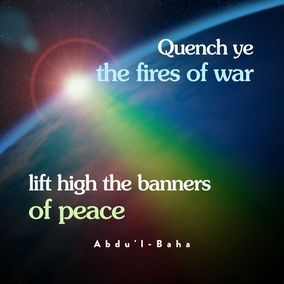
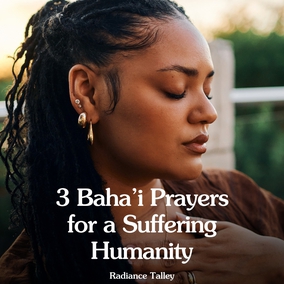

Comments
Sign in or create an account
Continue with Googleor